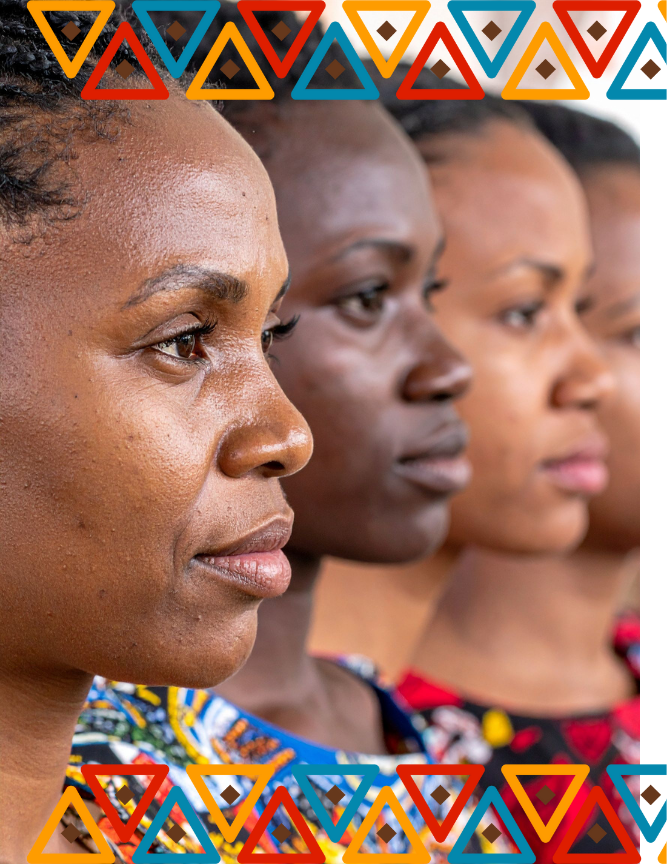
KALEIDOSCOPE
Kaleidoscope is a bold programme working to reduce maternal deaths and safeguard the reproductive health and rights of women and adolescent girls in Kenya. Guided by the vision of zero maternal deaths due to unsafe abortion and contributing to the reduction of Kenya’s maternal mortality ratio from 362 to 300 per 100,000 live births, Kaleidoscope places young people and women at the center of its mission.
At its heart, Kaleidoscope ensures that adolescent girls and young women (AGYW) can access affordable, acceptable, and quality reproductive health information and services in target counties. The programme also works to harmonize policy frameworks and strengthen health systems to guarantee that comprehensive reproductive health services — including comprehensive abortion care, post-abortion care, and youth-friendly services — are accessible at all levels.

Objectives of Kaleidoscope
Ensure 80% of AGYW in target counties can access quality reproductive health services and information.
Drive policy harmonization to align laws and frameworks with the needs and rights of women and girls.
Strengthen health systems to provide comprehensive, inclusive reproductive health services.
Our Approach
Kaleidoscope is implemented through three interconnected strategies:
Policy Review & Advocacy
Support national and county-level policy reviews to align with constitutional provisions on SRHR.
Facilitate technical working groups, public participation, and engagement of champions, youth, and communities.
Advocate for inclusion of SRHR issues such as age of consent, abortion, and adolescent access in national and county frameworks.
Communication & Narrative Change
Partner with government, media, and influencers to counter misinformation and build positive narratives on SRHR.
Establish internal and external communication strategies to amplify accurate, supportive messages.
Elevate youth voices through platforms like youth parliaments and intergenerational dialogues.
Research & Data for Action
Conduct incidence studies on unsafe abortion and related complications to inform evidence-based advocacy.
Strengthen national data systems (e.g., KDHS, MoH tools) to better capture inclusive SRHR indicators.
Disseminate findings at county, national, and global levels to drive public support and accountability.
Anticipated Results
Reduced maternal mortality and zero preventable deaths from unsafe abortion.
Stronger, evidence-based policies responsive to the needs of adolescent girls and women.
Improved service delivery through youth-friendly, inclusive, and comprehensive reproductive health services.
Greater public support for SRHR, driven by accurate communication and narrative change.
